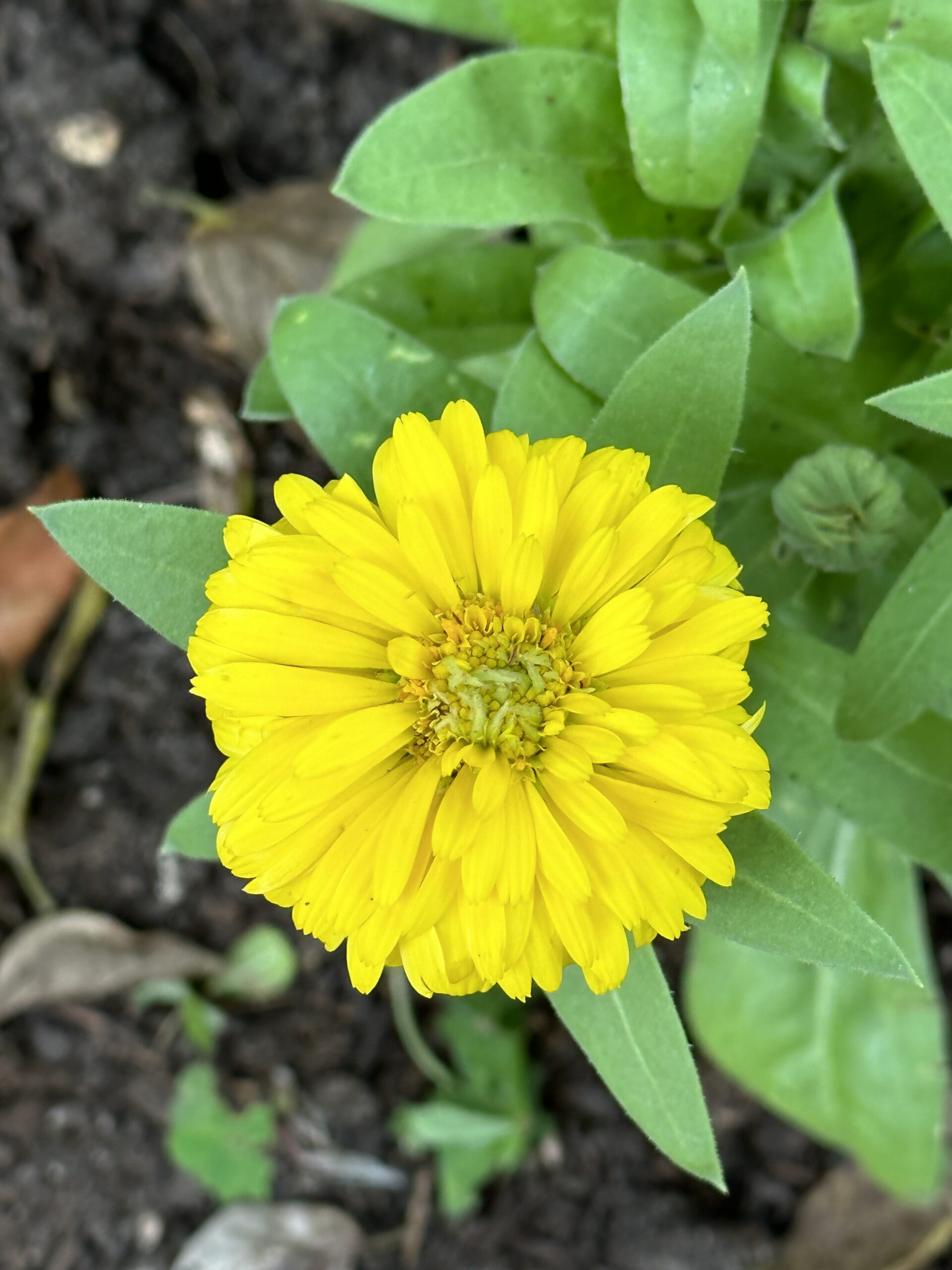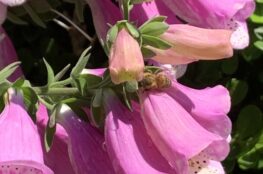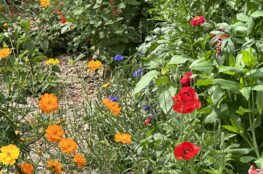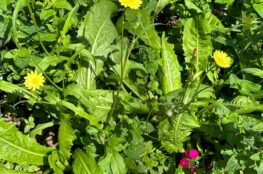Hey my Sweet Lifers! Hope ya’ll had a marvelous and merry holiday! There are many flowers that serve as both a beauty and as a handy helper to plant in your garden. One of these is calendula, also known as Pot -Marigold and Poor Man’s Saffron. It is, in my opinion one of the “major must have’s” for every garden. It not only attracts helpers to the garden, offers lovely color to creams and puddings but the pharmacological qualities it has makes it a go to first aid necessity.
Calendula is one of the oldest known flowers tracing back to Third Century, BC. It has been a staple in French gardens since the 5th Century and cultivated in England as early as the 1200’s. The Elizabethan’s attributed calendula to optimism as they observed the flowers opening with the sun and closing in the evening. Much lore, as with all the older flowers and herbs associate with calendula; but perhaps the most known is the naming of it after a small child. Apparently there was a young girl named Mary-Gold and she had golden hair. One day she disappeared and the flowers began growing where she was seen so they proclaimed the flower was really the little girl.
The culinary uses are primarily for adding color to broths and soups, creams and puddings. It is an acceptable substitute for saffron, an expensive spice that offers rich color to dishes. Additionally, it can be a lovely addition to any salad; particularly those that also include dried cranberries or fruit that can offset the petals bitter component.
Medicinally, during the Civil War and World War I; calendula salves were used to topically treat gangrene in our soldiers. It has antimicrobial saponins and flavonoids; with a high content of terpene making it a perfect remedy for athletes foot or ring worm as well. Taking calendula in a tea will help with ulcers and other gastric issues. The most useful for me though is the ability it has to stop bleeding and encourage healing in cuts and bruises. When made as a wash it is a delicate natural remedy for a baby’s diaper rash as well.
Growing calendula is very easy and seeds are the most reliable method. Generally sow after the last frost into sifted soil and cover with 1/2 inch of soil. They love sunshine so you7’ll want yo pick a spot that gets full sun and is well drained. They should germinate after a few weeks and the best time for them sis mid summer until the first frost. Collect the petals and dry them where you can then drop into a grinder and make a powder to add to oil or base creams for salves or dry the petals and keep in an air tight jar to sprinkle into soups and stews. If used in salads they are picked fresh and eaten same day.
Hope you are getting excited about planning the spring garden! Calendula is definitely one to choose, because it delivers so much to enrich both your recipes and your medicine cabinets!
Keep on Growing!




